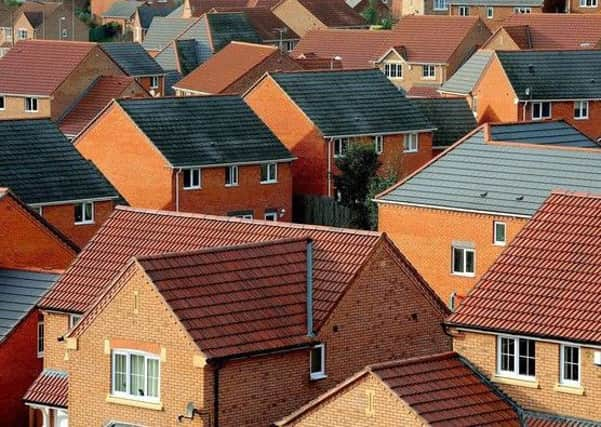Green Belt growth row deepens


Concerns have been raised over a rate of development in communities skirting the gateway to the Yorkshire Dales, amid fears that rural villages are at risk of becoming “dormitory towns” for affluent city commuters.
Citing government statistics which show the Green Belt in West Yorkshire remained stable between 2014 and 2017, the CLA has said development in some circumstances could prove the answer to providing much needed new homes.
Advertisement
Hide AdAdvertisement
Hide Ad“Government data shows the Liverpool, Manchester and West Yorkshire Green Belt has reduced by 0.02 per cent since 2014,” said housing advisor for the CLA, Matthew O’Connell. “We should absolutely be protecting environmentally valuable land but it is important to remember that Green Belt is a planning policy rather than an environmental policy.
“If there is Green Belt land that has no environmental value it makes sense to build homes for the next generation on it.”
His comments come after councillors representing areas in Ilkley and Craven raised concerns that Bradford faced too much growth in its rural areas, as opposed to the city centre where nearly 2,000 homes are yet to be built despite planning permission having been passed.
“Rural areas are ending up with a disproportionate amount of very expensive houses,” said independent Craven councillor Adrian Naylor.
Advertisement
Hide AdAdvertisement
Hide Ad“It won’t provide for those in rural areas who have lived or been brought up here, and who want to stay in the area.
“What is being built is four or five bed executive homes – which are never going to meet the need of people in Bradford,
“It’s not going to solve a local housing need. Communities are not getting the benefits – they are being priced out and forced to move on.”
Ilkley independent councillor Anne Hawkesworth added: “The purpose of the Green Belt is to keep space between settlements.
Advertisement
Hide AdAdvertisement
Hide Ad“There’s fears that Menston is merging into Burley-in-Wharfedale, which is merging into Ilkley. We can see the difference that is having on the whole character of the area.
“It’s such a shame. It’s an attractive area because of how nice it is now, not on how it might be.”
Earlier this month, the Campaign to Protect Rural England (CPRE) warned more than three-quarters of the 460,000 homes planned across England on Green Belt land will be unaffordable by Government definitions.
In Yorkshire, it found, local authorities planned to release Green Belt land to accommodate 49,000 homes, including 11,000 in Bradford and 10,572 in Leeds.
Advertisement
Hide AdAdvertisement
Hide AdCoun Alex Ross-Shaw, Bradford Council’s executive member for regeneration, planning and transport, said: “We have an adopted a Core Strategy which, due to the need for homes and jobs and the nature and limitations of available and deliverable land, identifies that some land will need to be released from the Green Belt. However, the scale and location of Green Belt releases has not been finalised yet and we are committed to ensuring that maximum use is made of brown filed sites and Green Belt change is minimised.
“The majority of the new homes to be built over the next 15 years will be in urban areas and/or brownfield sites, including plans for affordable housing.”